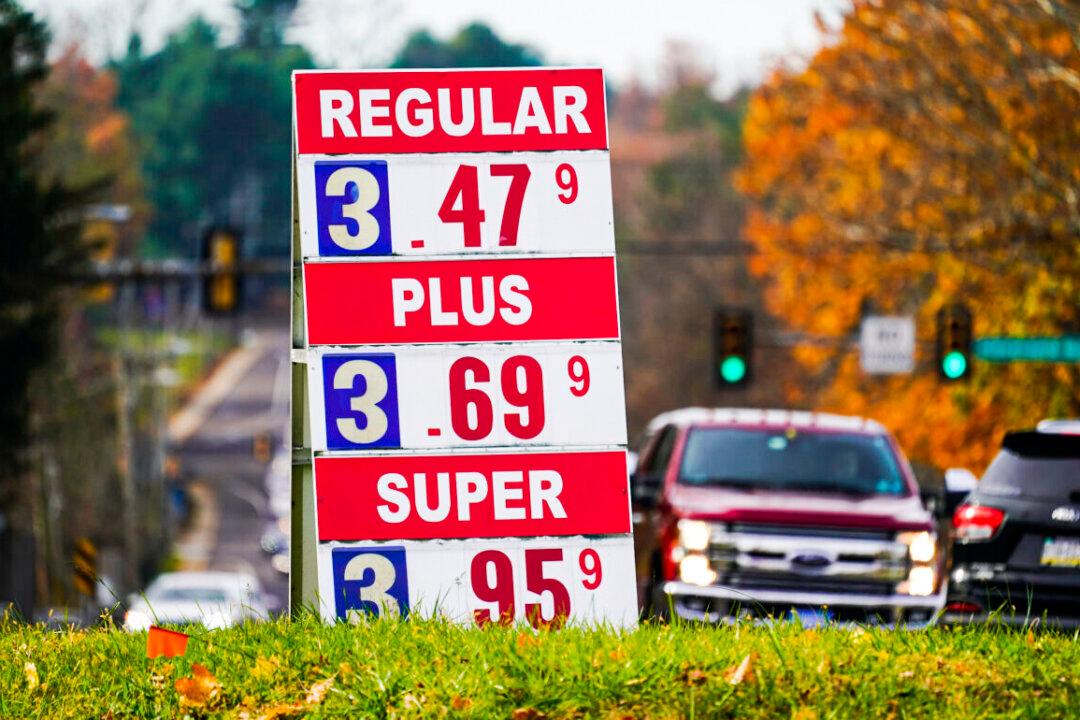Gasoline prices continued their downward drift on Dec. 20, falling around two cents per gallon over the week and down 10 cents from a month ago, with an easing in crude prices helping put downward pressure on costs at the pump.
The national average regular gasoline price fell to $3.308 per gallon by Dec. 20, according to the American Automobile Association, down from $3.330 a week ago and $3.410 a month ago. Monday’s national average gas price ranged from a low of $2.896 in Oklahoma to $4.667 per gallon in California.





